Last Saturday at the Asia-Pacific Economic Cooperation (APEC) conference in Lima, Peru, U.S. President Biden and Chinese President Xi Jinping agreed that any decision to use nuclear weapons should be controlled by humans, not by artificial intelligence.
This is the first time that China has made this statement. It comes at a time when Biden is getting ready to leave office. Biden’s national security adviser Jake Sullivan told reporters that the agreement was an important first step for the two nuclear powers to address a long-term strategic risk of nuclear war.
Biden’s goal in the meeting was to emphasize the importance of stability in the U.S. – China relationship during the transition of power in the U.S., and to try to nail down gains he had made with Xi on issues like counternarcotics and climate.
Xi said that China wants to work with the incoming Trump White House. He continued, “China is ready to work with the new U.S. administration to maintain communication, expand the cooperation and manage differences. Our position of resolutely safeguarding China’s sovereignty, security and development interests remains unchanged.”
At the start of the ninety-minute meeting, held on the sidelines of the APEC summit, Xi said that the relationship between the two countries was “the world’s most important bilateral relationship.” Biden said, “How we get along together is going to impact the rest of the world.”
Xi mentioned that the bilateral relationship had “gone through ups and downs” during Biden’s term. He and took specific aim at the Biden administration’s export controls on advanced technology. These restrictions are aimed at advanced semiconductor manufacturing tools, the most advanced types of semiconductor chips and technology used in military systems, hypersonic missiles, autonomous systems, and surveillance.
In his opening remarks, Xi dedicated considerable time to talking about competition in “an age of flourishing sci-tech revolution”. He said, “Only mutually beneficial cooperation can lead to common development. ‘Small yard, high fences’ is not what a major country should pursue.” This was a direct reference to the U.S. export control policy.
Biden’s team is advocating for the incoming U.S. administration to carry on the export controls, Sullivan said. Prior to the meeting, Sullivan had told reporters that he saw some continuity with the incoming Trump administration. He specifically mentioned Representative Mike Waltz, who Trump has just named as his national security adviser, and Senator Marco Rubio, who Trump will nominate for Secretary of State, for their focus on the strategic challenges posed by China.
Trump made tariffs on imports of Chinese goods a feature of his first term in office and vowed during his campaign to hike tariffs on China again in his second term. Biden had kept most of Trump’s in place during his time in office.
Sullivan said Biden reiterated his concerns about Chinese trade practices during the APEC summit. He also said Biden was concerned about China’s support for Russia’s defense industrial base. He urged Xi to use his influence over North Korea to stop that country from sending more troops to fight for Russia against Ukraine.
Blog
-

Nuclear Weapons 876 – Chinese President Xi and U.S. President Discussed Nuclear Weapons At The Asia-Pacific Economic Cooperation (APEC) summit
-
Nuclear News Roundup Dec 04, 2024
Westinghouse Welcomes Canadian Financing for Poland’s First Nuclear Power Plant Bakersfield.com
Three moves show Putin is on the brink of launching nuclear weapons msn.com
Iran’s further escalation of its nuclear program: joint statement by France, Germany and the UK gov.uk
More nuclear energy could be coming to New York wxxinews.org
-
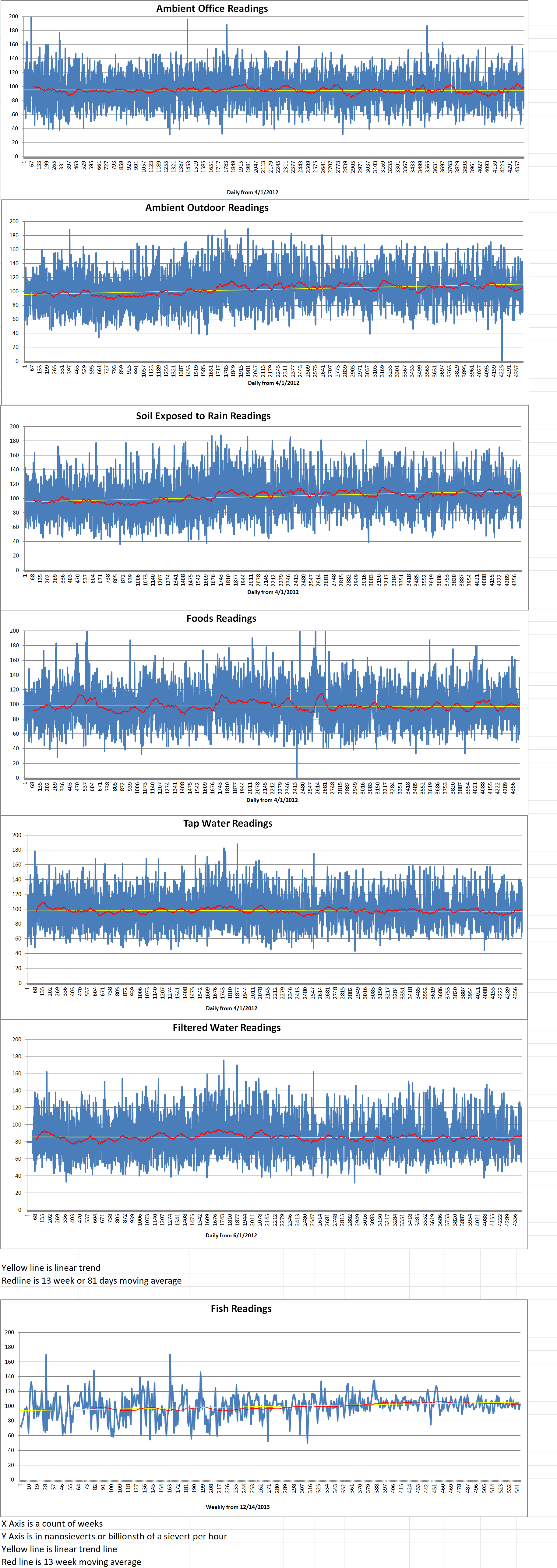
Geiger Readings for Dec 04, 2024
Ambient office = 114 nanosieverts per hour
Ambient outside = 95 nanosieverts per hour
Soil exposed to rain water = 85 nanosieverts per hour
Blueberry from Central Market = 136 nanosieverts per hour
Tap water = 103 nanosieverts per hour
Filter water = 91 nanosieverts per hour
-
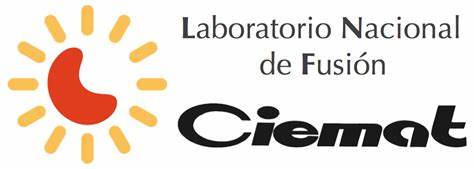
Nuclear Fusion 93 – Laboratorio Nacional de Fusión–CIEMAT Is Working On Optimizing Magnetic Fields In Stellarators
Fusion plasma confinement could be enhanced with recent magnetic fields breakthrough. For decades, researchers and engineers have been working to develop reactors that can achieve nuclear fusion to meet the increasing need for clean and limitless energy. The success of such experiments depends on multiple critical factors, including optimized magnetic fields that could facilitate enhanced fusion plasma confinement.
Introduced by researchers at Laboratorio Nacional de Fusión–CIEMAT in Spain, the new group of magnetic fields is claimed to be better suited for confining particles in fusion devices than other types of magnetic fields.
With the aid of such magnetic fields, the researchers emphasize that the devices won’t require complex equipment configurations. The new development is claimed to be an important step for the creation of commercial fusion reactors.
The study, titled Piecewise Omnigenous Stellarators, was published in the journal Physical Review Letters. It presents a new family of optimized fields that display tokamak-like collisional energy transport while having transitioning particles. This result broadens the space of accessible reactor-relevant configurations. Researchers focused on less understood magnetic fields that could enhance the design of future stellarator reactors.
José Luis Velasco is the first author of the paper. He stated that in the last few years, there have been many initiatives proposing the design and construction of new experimental fusion devices and reactor prototypes.
Velasco said, “When these projects design the magnetic field that will confine the fusion plasma, practically all of them try to make the field omnigenous. The fact that inspired our research is that the fusion community actually knew that it is possible to have magnetic fields that are quite far from being omnigenous but still display good plasma confinement (e.g., the Large Helical Device, an experimental device operating in Japan, and some old and recent numerical experiments in U.S.).”
In omnigenous magnetic fields, charged particles are well confined in the absence of collisions and turbulence. For this reason, the magnetic configuration is optimized to be near omnigenity in any design for a stellarator fusion reactor.
Researchers maintain that attempting to reach omnigenity imposes severe constraints on the spatial variation of the magnetic field. The topology of the contours of constant magnetic field strength on each magnetic surface must contain no particles transitioning between different types of wells. This usually leads to complicated plasma shapes and coils, according to the study.
Generating electricity from fusion reactions will be possible when the plasma inside stellarators is hot enough. This can be achieved by carefully designing the magnetic fields that are used to confine the particles.
This process is referred to as “optimizing the stellarator,” which ensures that the particles that make up the plasma stay, along their trajectories, close to the same magnetic surface. Velasco emphasized that in order to achieve omnigenity, it is necessary to optimize the stellarator “as a whole.”
Researchers found that similarly good confinement properties are obtained if one ‘splits’ each magnetic surface of the stellarator into several pieces and optimizes each of them separately. Hence the name “piecewise omnigenous.” -
Nuclear News Roundup Dec 03, 2024
Samsung C&T teams up with Swedish SMR project developer world-nuclear-news.org
US and UK partner with Tokamak Energy on ST40 upgrade world-nculear-news.org
Iran will not yield to pressure on nuclear issues, says VP news.az
Nobel Peace Prize winner urges Putin to understand destructiveness of nuclear weapons japantoday.com
-
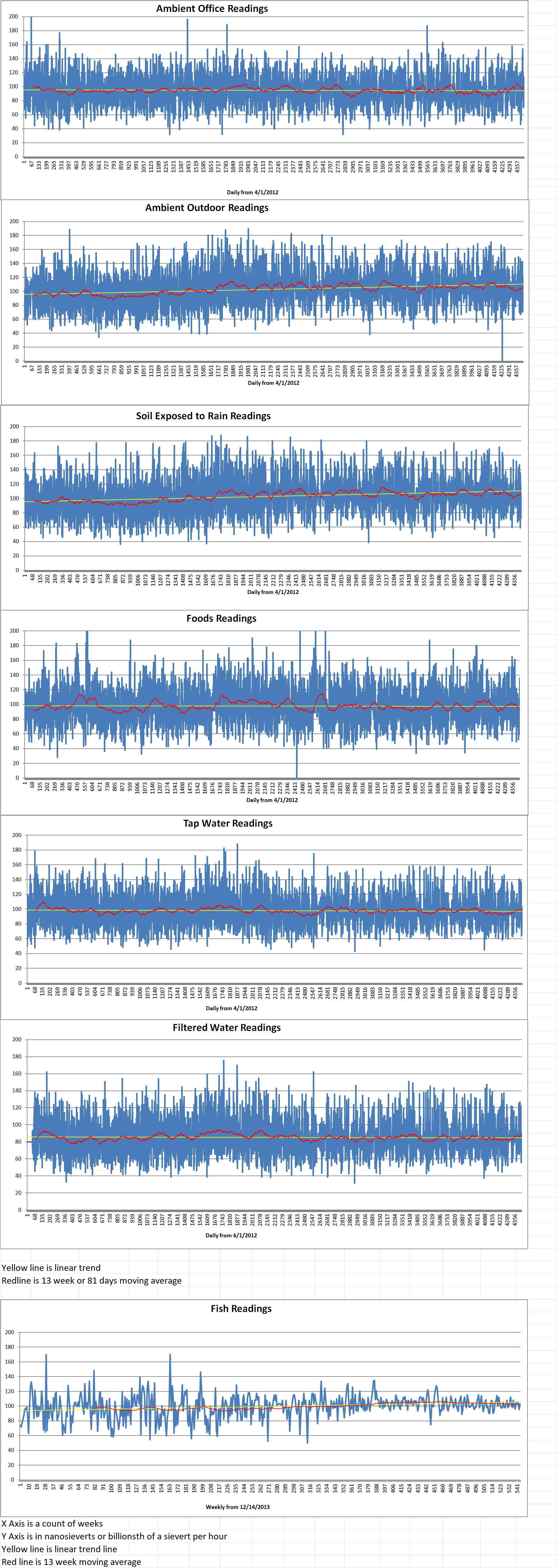
Geiger Readings for Dec 03, 2024
Ambient office = 90 nanosieverts per hour
Ambient outside = 102 nanosieverts per hour
Soil exposed to rain water = 102 nanosieverts per hour
Beefsteak tomato from Central Market = 73 nanosieverts per hour
Tap water = 96 nanosieverts per hour
Filter water = 83 nanosieverts per hour
-
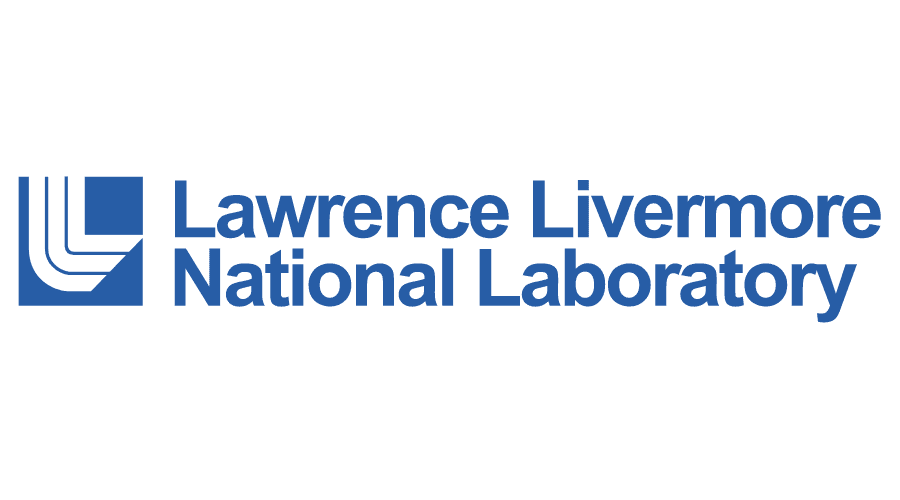
Nuclear Fusion 92 – Lawrence Livermore National Laboratory Is Developing A 3D Printing Process To Produce Fuel Capsules For Inertial Confinement Fusion
Lawrence Livermore National Laboratory (LLNL) at the National Ignition Facility (NIF) is researching the use of advanced 3D printing to mass-produce fuel capsules for fusion energy power plants. It could be a significant breakthrough in the field of fusion energy, which is considered the “Holy Grail” of clean and abundant power.
The LLNL has already achieved a major breakthrough with the ignition inertial confinement fusion (ICF) ignition experiment in 2022. However, producing fusion energy on a commercial scale presents significant challenges.
One of the biggest hurdles is the production of fuel capsules required for ICF. These capsules contain the deuterium and tritium fuel ignited by lasers.
The fuel capsules must be nearly perfectly spherical. They currently take months to manufacture. A viable fusion power plant would require nearly a million of these capsules per day. As mentioned above, these capsules must be manufactured with extreme accuracy.
The LLNL said in a press release that “The need for perfection is such that, if a NIF capsule were enlarged to the size of the Earth, an imperfection higher than the Hollywood sign in Los Angeles would be disqualifying.” To meet this challenge, LLNL has launched a research project to develop 3D-printed fuel capsules.
Tammy Ma is the lead for LLNL’s inertial fusion energy institutional initiative. She said, “Now that we have achieved and repeated fusion ignition, the LLNL is rapidly applying our decades of know-how into solving the core physics and engineering challenges that come with the monumental task of building the fusion ecosystem necessary for a laser fusion power plant.”
The project is developing the first prototype of a dual-wavelength, two-photon polymerization (DW-2PP) approach to 3D printing. This technique utilizes two different light sources to selectively print different materials. This allows the creation of complex geometries with sub-micron resolution, potentially enabling the production of fuel capsules at the scale required for a commercial fusion power plant.
Xiaoxing Xia is co-principal investigator and a staff scientist in the LLNL’s Materials Engineering Division. He said, “We are focusing on a specific type of wetted-foam capsule, in which liquid DT can be wicked into a uniform foam layer on the inside of the spherical capsule by capillary action. “The current DT ice layering process takes up to a week to complete with extreme meticulousness. It’s possible that 3D printing is the only tool for this kind of complex geometry at scale.”
The project has already shown promising results. 3D-printed targets have successfully been used in two NIF experiments in 2024. The use of 3D printing for fusion energy is still in its early stages. However, it represents a potential solution to a critical manufacturing challenge. If this new technology is successful, it could accelerate the development of fusion power plants. This could help bring the world closer to a future with clean, safe, and abundant energy.
Jeff Wisoff is principal associate director for LLNL’s NIF & Photon Science Directorate. He said, “Unlocking fusion is a strategic asset for US competitiveness. It’s imperative that we invest in fundamental science and technology to build on the historic achievement of fusion ignition.” -
Nuclear News Roundup Dec 02, 2024
War Between Russia and US Will Take ‘Nuclear Character’, Lavrov Warns newsweek.com
Iran dramatically accelerating uranium enrichment to near bomb grade, IAEA says reuters.com
TVA will hold emergency drill at Sequoyah Nuclear Plant next week timesfreepress.com
Framatome to share fast reactor experience with Japan world-nuclear-news.org
-
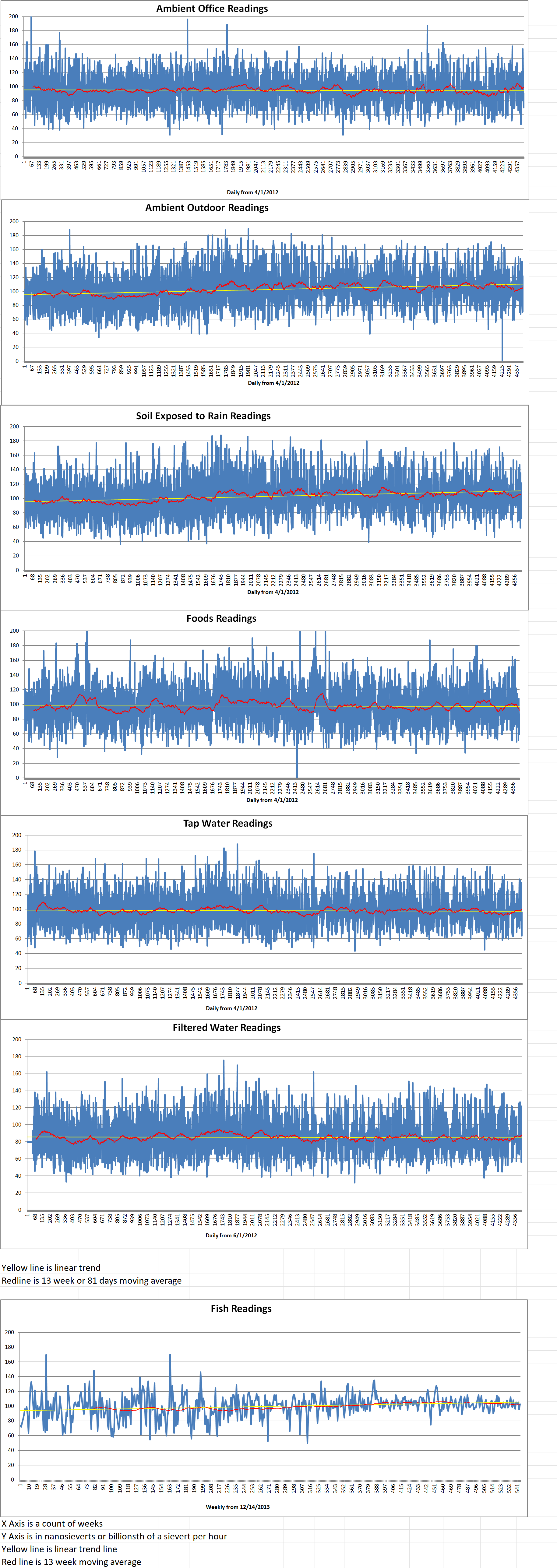
Geiger Readings for Dec 02, 2024
Ambient office = 87 nanosieverts per hour
Ambient outside = 72 nanosieverts per hour
Soil exposed to rain water = 72 nanosieverts per hour
Avocado from Central Market = 87 nanosieverts per hour
Tap water = 69 nanosieverts per hour
Filter water = 61 nanosieverts per hour
-
Nuclear News Roundup Dec 01, 2024
Hanford nuclear site guards losing insurance coverage as lockout of union continues tri-cityherald.com
Little Rock Nine members on hand for christening of nuclear submarine USS Arkansas nwaoline.com
Explosives speed Sizewell A turbine hall decommissioning world-nuclear-news.org
Beznau to operate beyond 60 years world-nuclear-news.org
